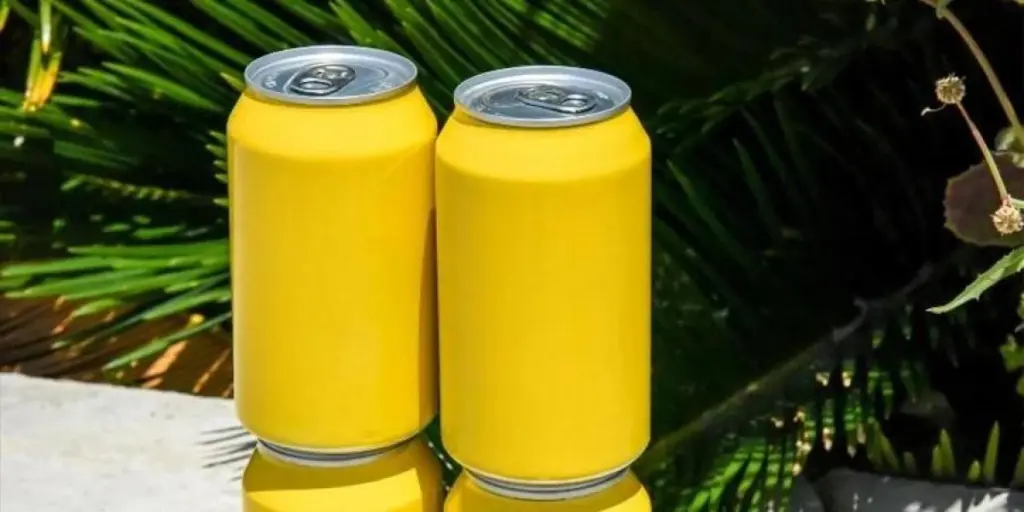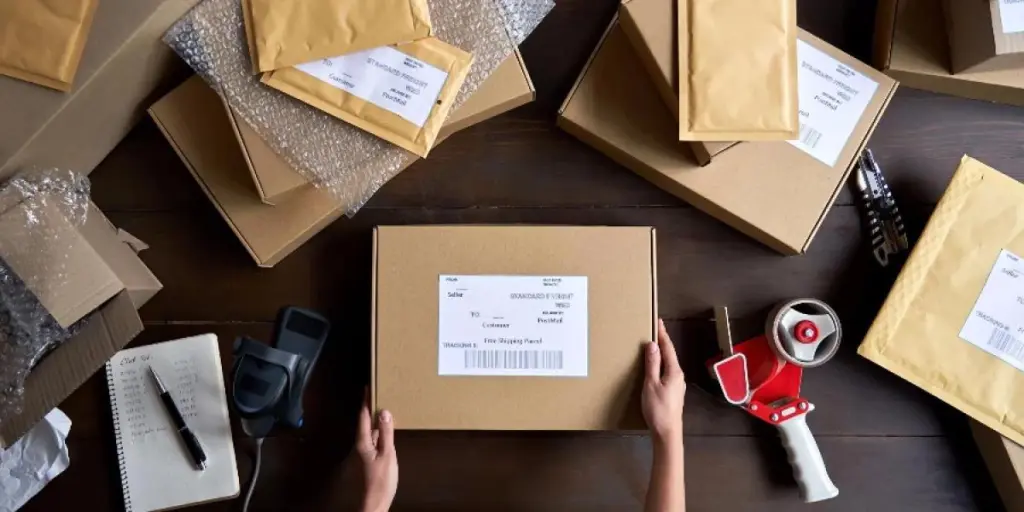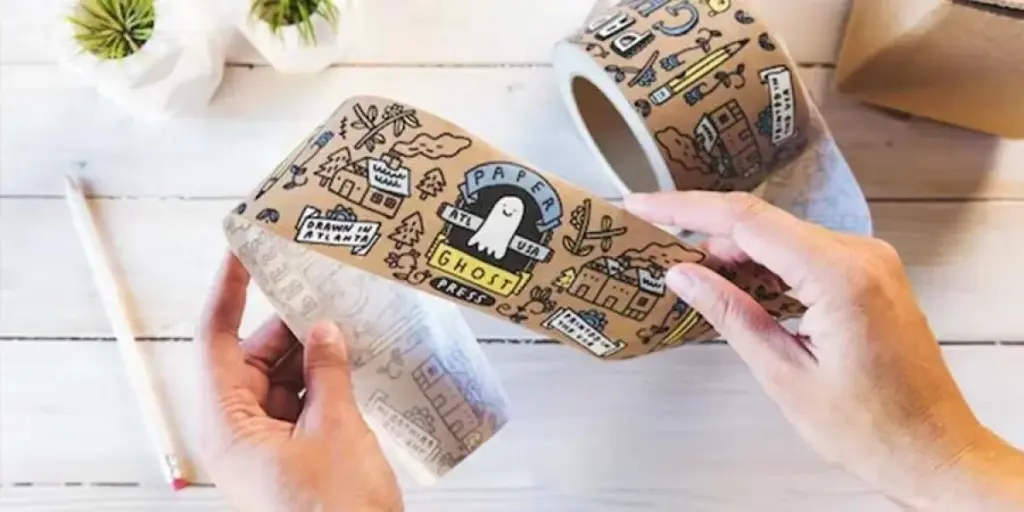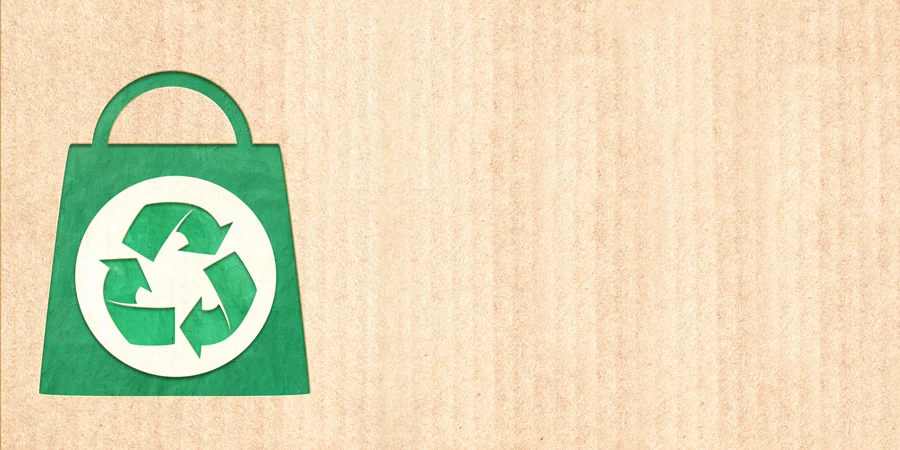Metal is a material that can be recycled repeatedly while still retaining its properties. For that reason, metal is an attractive option for packaging material as environmental sustainability becomes more sought after. This is a guide to the different types of metal packaging businesses can use for their products.
Table of Contents
The demand for metal packaging
Trendy metal packaging types
Metal offers eco-friendly packaging
The demand for metal packaging
In 2020, the metal packaging market was valued at USD 138.11 billion and is expected to reach USD 193.24 billion by 2026 at a compound annual growth rate (CAGR) of 4% from 2021 to 2026. The recyclability of metal is a significant factor driving the popularity of metal packaging. Aluminum and steel are the two most popular raw materials because they offer benefits such as impact resistance and ability to withstand extreme temperatures.
In many cases, customers pay attention to green packaging when choosing a product, thus many companies in North America and Europe are advertising their products as packed with sustainable materials. Metal packing is primarily used in the food and beverage industry but is also expanding into the cosmetic and apparel markets.
Trendy metal packaging types
Metal canisters
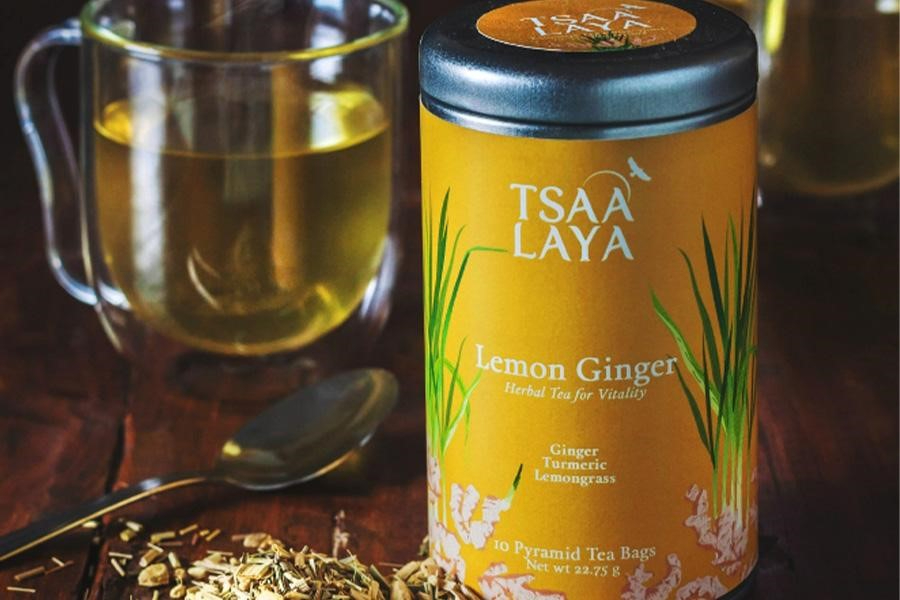
Metal canisters are containers with an airtight lid. Although traditionally used for packaging tea leaves or tea bags, these tin canisters can also be used to package confectionery, coffee beans, or small gifts.
Metal tins are designed to protect contents from degradation caused by sunlight or moisture. Stainless steel is the most common material used for tin canisters. It can be custom printed with raised embossing or indented debossing. The tin caddy may come with a seam along the side, but a seamless body will offer a more elegant look.
Lid styles for metal canisters include slip on lids, plug lids, or screw on lids, but a tin canister that features a silicone seal or airtight locking mechanism will offer more protection for food products that need to be kept fresh.
Tin containers
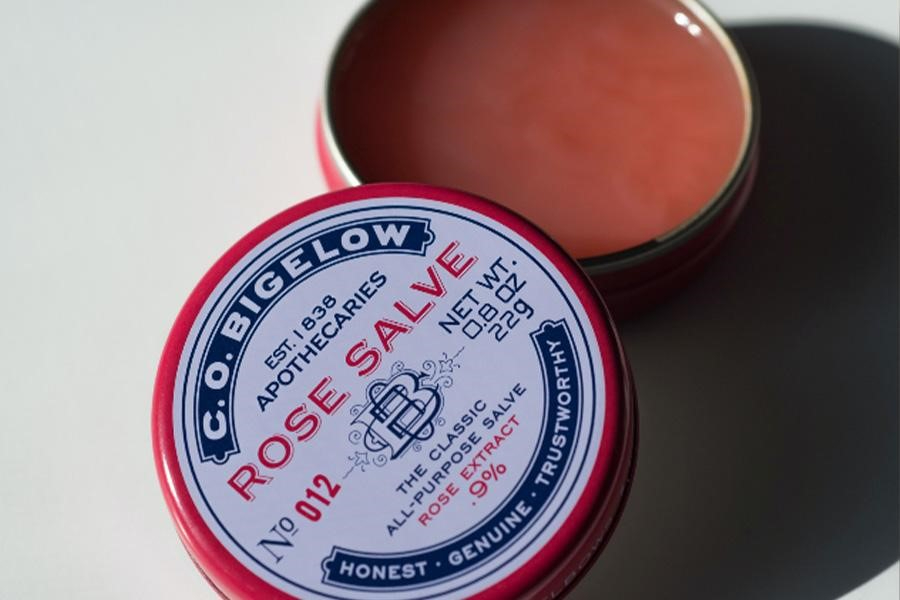
Tin containers are round or cylindrical cans commonly used for candles or cosmetic body products, such as lip balms, solid perfume, or soaps. These metal containers are designed to prevent leakage and will generally come with non-flammable properties.
Metal containers are frequently made of high-quality aluminum with a protective varnish. Aluminum is lightweight but durable, which makes it suitable for small cosmetic packaging containers that need to be portable.
Lid styles can include rolled lip slip lids, plug lids, screw on lids, hinged lids, or sliding lids. Metal candle jars specifically will often come with a silicone seal along the lid, as well as raised safety features and wick tab outlines. Metal jars can be customized with color printing, embossing, or brand labels.
Metal squeeze tubes

Metal squeeze tubes are a semi-flexible packaging option suitable for viscous liquids, such as hand cream, toothpaste, adhesives, or ointments. They are frequently used for personal care items, cosmetics, pharmaceuticals, paint, or glue products.
Metal tubes are often made of multiple thin layers of 99.9% pure aluminum that create an impermeable, air-tight tube. The end of the aluminum tube can be lined with latex to avoid leakage of the product, while interior lacquering prevents the product from reacting with the aluminum.
Squeeze tubes come with an opening that can be designed as a nozzle with a plastic twist cap or flip lid. The mouth can also be elongated for ointments that are only required in small doses. For pharmacy products, a metal membrane can be added to the nozzle for extra sanitary protection.
Tin food cans

Tin food cans extend the shelf life of food and beverage products by offering protection against light, oxygen, and bacteria. Busy urban areas have a large demand for canned food, with metal cans expected to retain their dominant position in the global metal packaging market as one of the most widely used packaging types.
Food-grade steel is often shaped into a cylinder and closed with a vertical side seam, with a hermetically double sealed bottom. Tin cans are typically coated with an organic layer that prevents chemical reactions between the can and the food. BPA-based epoxy-based coatings are the most widely used option, but recent toxicological evidence and regulatory decisions are making acrylic, polyester, polyolefin, or non-BPA epoxy coatings more suitable alternatives.
Food cans may be tapered to allow them to be nestable or designed to stack neatly on top of one another. The top of the metal can may be designed with a seamed lid or an easy open pull tab lid. A label is often applied to provide more information on the contents of the can.
Metal apparel cans
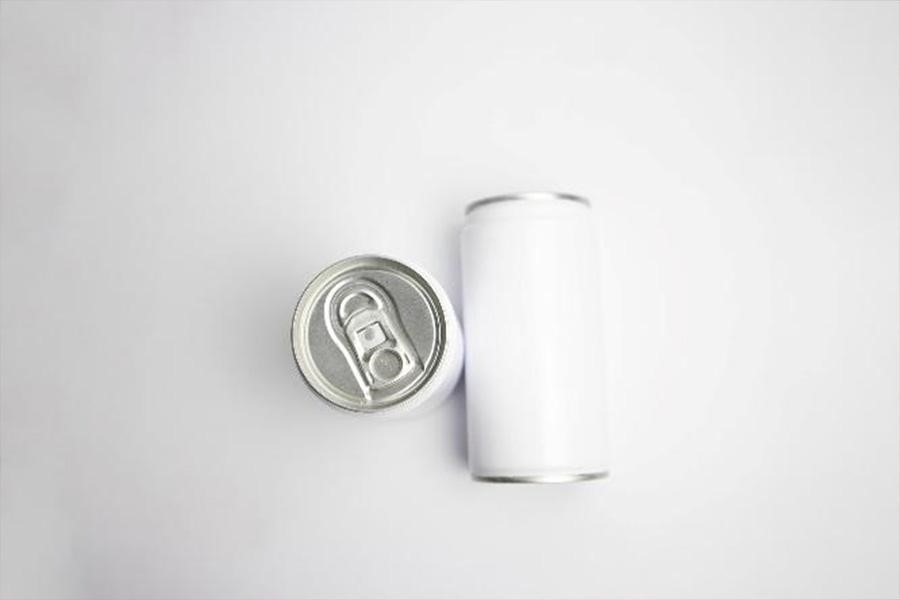
Metal apparel cans are an appealing style of packaging. They are commonly used for cotton t-shirts, underwear, or socks that are lightweight and flexible enough to be rolled up.
Apparel cans are commonly manufactured from tinplate and shaped into a cylinder. For a fun and unique look, the metal material can even be molded into the shape of a beverage can. With a soft drink design, the opening is often created using a pop top tin lid that mimics the pull tab design of a soda can.
Metal apparel canisters can also be branded with colorful custom printed graphics and embossing in a matte, glossy, or metallic finish.
Metal offers eco-friendly packaging
Companies are increasingly seeking out sustainable packaging options as eco-friendly packaging becomes more popular. Metal is a material that can be recycled an infinite number of times, which makes it ideal for packaging products in a variety of industries. The major types of metal packaging available include metal canisters, tin containers, metal squeeze tubes, tin food cans, and metal apparel cans.
Businesses can respond to the rising demand for a circular economy and low carbon footprint by exploring ways to use metal packaging for their products. In doing so, businesses can appeal to eco-conscious customers and experience the many benefits metal has to offer.
